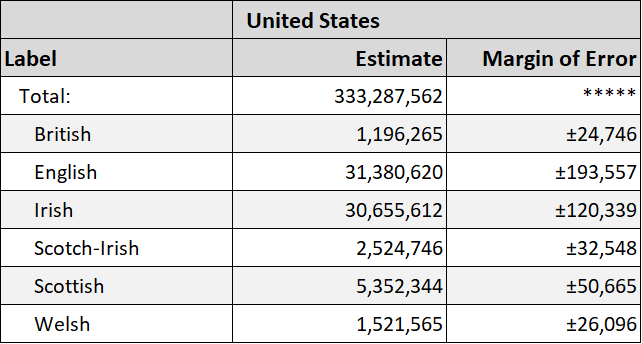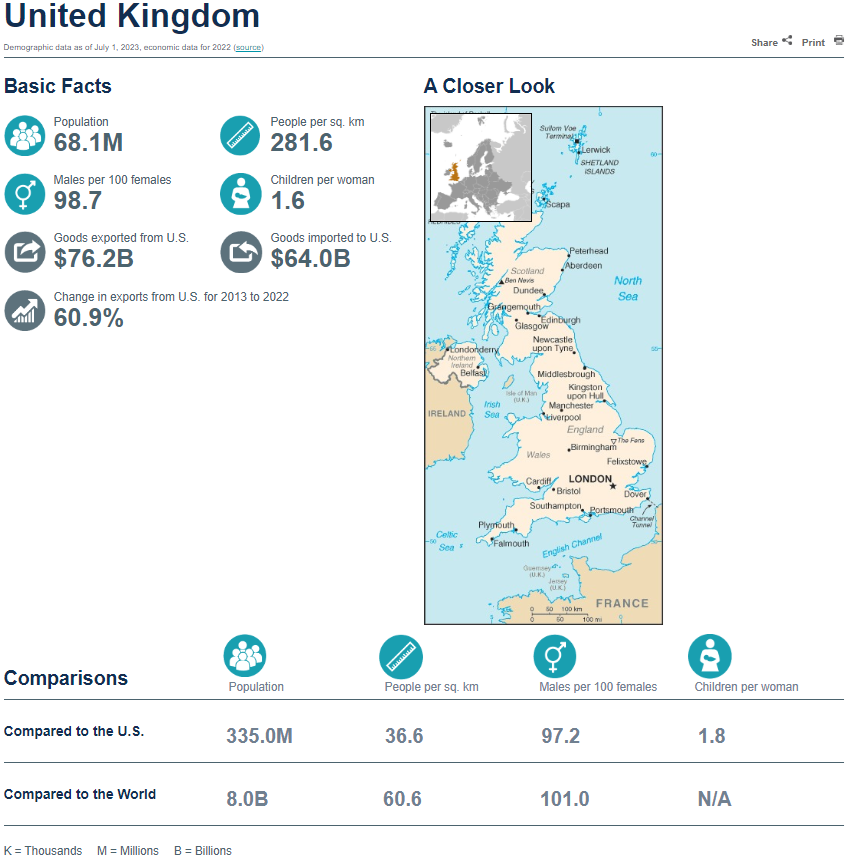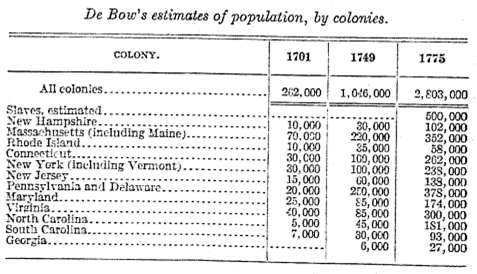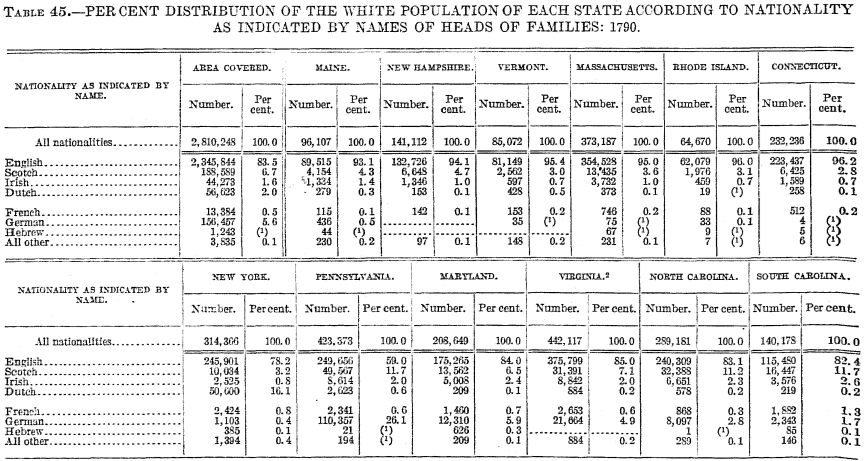*Special Edition: America’s Independence* 250 Years Ago: The Boston Tea Party (1773): December 16, 2023
*Special Edition: America’s Independence* 250 Years Ago: The Boston Tea Party (1773): December 16, 2023
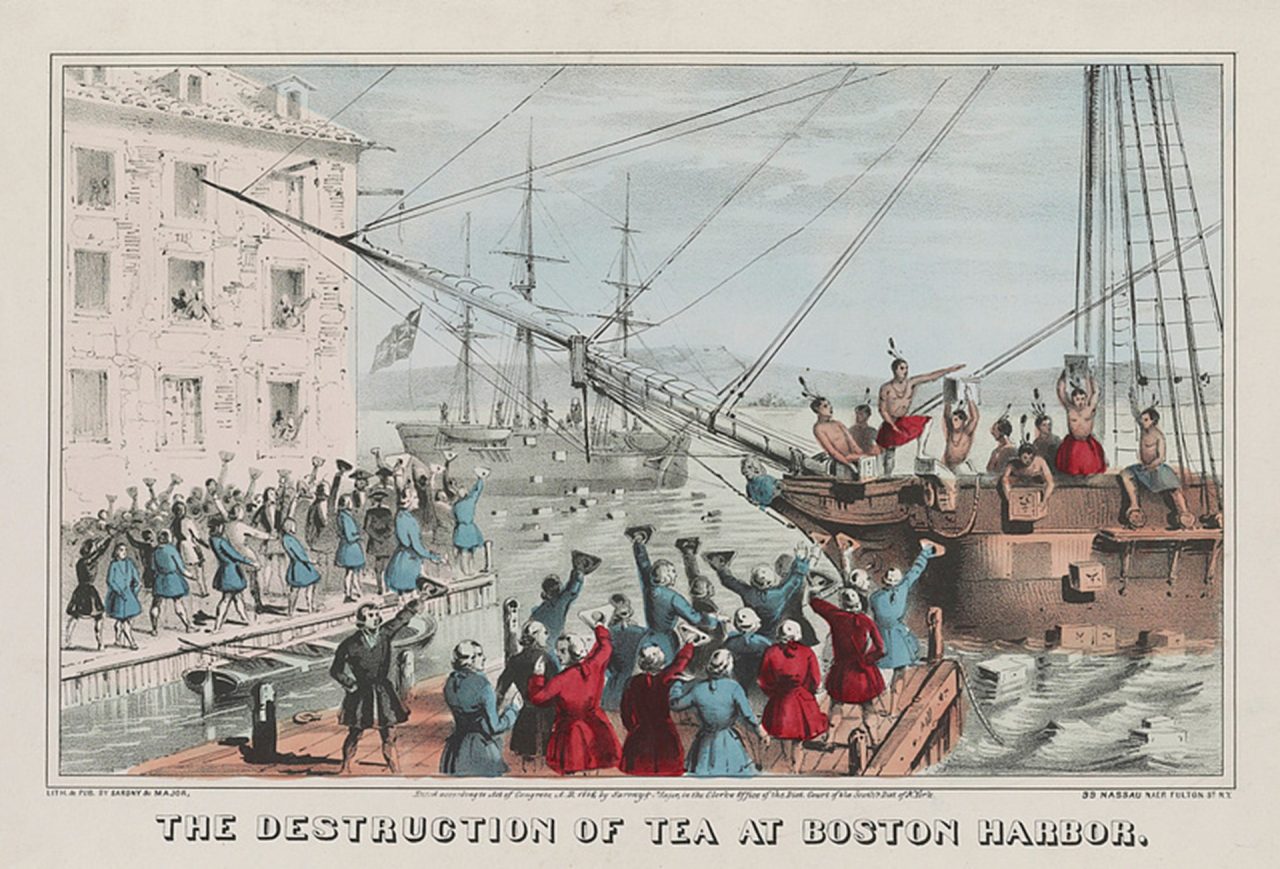
Colonists known as the "Sons of Liberty" dressed as Mohawk American Indians participated in the Boston Tea Party on December 16, 1773. Despite the large number of participants and witnesses, Francis Akeley was the only colonist arrested and imprisoned for taking part in the protest against British taxation.
Photo courtesy of the Smithsonian Institution.
From the National Constitution Center: On this day, the Boston Tea Party lights a fuse
“On December 16, 1773, a group of Colonists destroyed a large British tea shipment in Boston harbor. So did this act of defiance light a fire that led to American independence within the next decade?
“For years, Americans refused to buy British tea because it included a tax levied on tea drinkers, a thought that repulsed colonists who didn’t believe they should be taxed without a representative sitting in the British parliament to voice their concerns.
“Instead, Americans bought tea smuggled into the colonies. But in May 1773, Parliament gave the East India Company a tea monopoly in America that also made British tea much cheaper than smuggled tea…
“The violent protests in Boston Harbor were met with a direct response from Great Britain. In April 1774, the British Parliament passed the Coercive (or Intolerable) Acts, which punished Massachusetts for the Tea Party incident. The Acts not only took away home rule from Massachusetts, it forced all Americans to board British troops in unoccupied buildings…
“The other colonies saw the Acts as a punishment targeted at all of them, and by September 1774, the First Continental Congress met in Philadelphia to determine an appropriate response. The following April, fighting broke out at Lexington and Concord, and the American Revolution was underway.”
Key Stats
Source: 2022 American Community Survey (ACS), 1-year estimates
Note: Click on the table image above for the full table showing all reported ancestries.
More Stats
Source: U.S. Census Bureau, International Database (demographic data) and USA Trade Online (trade data); Central Intelligence Agency, The World Factbook (country reference maps).
Note: Click on the image above for the full webpage on the United Kingdom, the 22nd most populous country in the world. By comparison, the United States was third with a population estimate of 335.0 million on July 1, 2023.
Source: Our Surveys & Programs / Decennial Census of Population and Housing
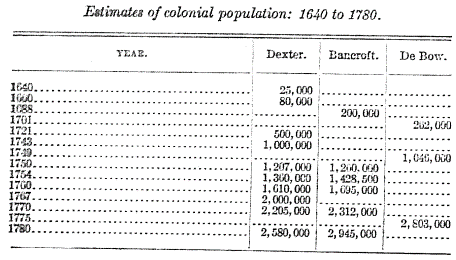
Note: The estimate of colonial population closest to the 1773-1776 period was for 1775 by James Dunwoody Brownson DeBow, superintendent of the 7th Census (1850). These estimates were later considered to be too generous as discussed on pages 8 and 9.
Note: The DeBow estimate for 1775 had the population at 2,803,000 which included 500,000 slaves. Pennsylvania and Delaware are combined.
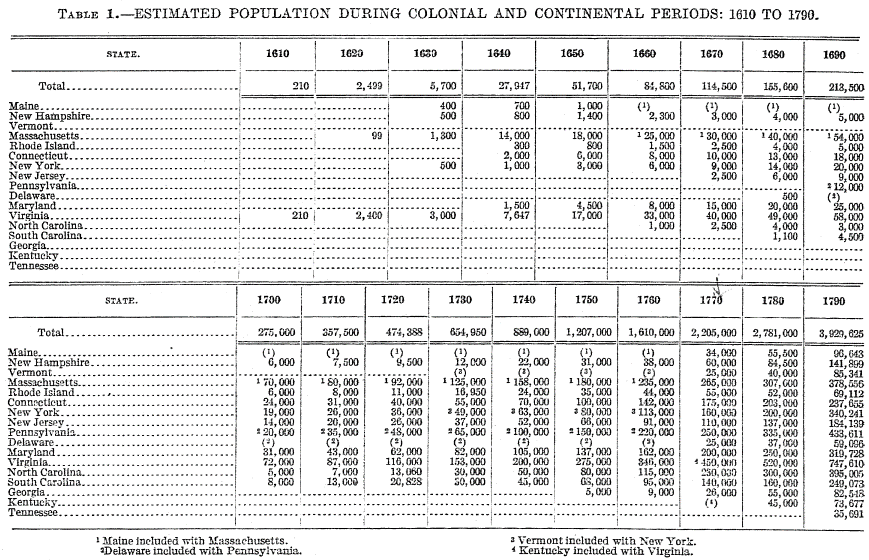
Note: The estimates for 1770 and 1780 range from 2,205,000 to 2,781,000, but it is not clear if slaves were counted. The DeBow estimate above for 1775 of 2,803,000 counted slaves.
From Business and Economy / International Trade Data:
More Census.gov Content
From Census.gov / History:
From Census.gov / Library:
From Census.gov / Newsroom:
From Census.gov / Statistics in Schools, Classrooms Powered by Census Data:



